Introduction
The Large Yellow Croaker (Larimichthys crocea), a prized species of fish native to the coastal waters of East Asia, is renowned for its delicate flavor, tender texture, and rich nutritional profile. Valued in culinary traditions across China, Japan, and Korea, this fish is a staple in seafood markets and high-end restaurants alike. However, the perishable nature of fresh seafood poses challenges for consumers and businesses seeking to extend its shelf life. Freezing emerges as a practical solution, yet questions linger about its impact on quality, safety, and culinary applications. This article explores the scientific, practical, and culinary dimensions of freezing Large Yellow Croaker, offering evidence-based insights to optimize preservation while maintaining its prized attributes.
The Science Behind Freezing Fish
Freezing is a time-tested method to inhibit microbial growth and enzymatic reactions that cause spoilage. For Large Yellow Croaker, the process involves lowering the fish’s internal temperature below -18°C (0°F), a threshold that halts bacterial activity and slows oxidative reactions. However, freezing is not without consequences. Water, comprising approximately 70-80% of fish muscle, expands during crystallization, forming ice crystals that can damage cell membranes and muscle fibers. This physical disruption, termed “freezer burn,” may lead to texture changes, such as increased dryness or a “cottony” mouthfeel upon thawing.
The speed of freezing also plays a pivotal role. Slow freezing, common in household freezers, allows larger ice crystals to form, exacerbating tissue damage. Conversely, commercial blast freezers achieve ultra-low temperatures rapidly, minimizing crystal size and preserving cellular integrity. While home cooks may lack professional equipment, adopting best practices can mitigate these effects.
Proper Freezing Techniques for Large Yellow Croaker
To maximize quality retention, adherence to systematic protocols is essential:
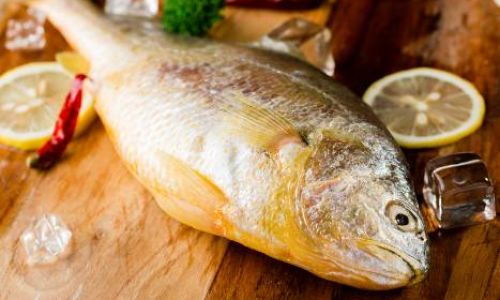
-
Pre-Freezing Preparation
- Gutting and Cleaning: Remove internal organs within two hours of harvest to prevent enzymatic autolysis and bacterial proliferation. Rinse the cavity with cold water to eliminate blood and slime, which can accelerate spoilage.
- Scaling and Filleting (Optional): While whole fish retain moisture better, fillets offer convenience. If scaling, use a spoon or knife to avoid tearing the skin.
- Drying: Pat the fish dry with paper towels to reduce ice crystal formation. Excess moisture promotes freezer burn and off-flavors.
-
Packaging Methods
- Vacuum Sealing: The gold standard for freezing, vacuum packaging removes oxygen, slowing lipid oxidation and rancidity. Invest in a quality vacuum sealer and heavy-duty bags rated for freezer use.
- Airtight Containers: For those without vacuum sealers, use freezer-safe plastic containers or heavy-duty aluminum foil. Ensure minimal headspace to prevent air exposure.
- Glazing (Advanced Technique): Dip the fish in salted water (8% salinity) and freeze briefly to form an ice glaze. Repeat this process 2-3 times to create a protective ice shell, shielding against dehydration and oxidation.
-
Freezing Conditions

- Temperature: Maintain a consistent freezer temperature of -18°C (0°F) or lower. Fluctuations above this threshold accelerate deterioration.
- Placement: Store packages in the coldest part of the freezer, away from the door, to minimize temperature variations.
- Labeling: Date each package and note the contents. Large Yellow Croaker retains optimal quality for 3-6 months, though it remains safe indefinitely if frozen below -18°C.
Thawing Methods and Their Impact
Proper thawing is equally critical to preserve texture and flavor:
- Refrigerator Thawing: The safest method involves transferring frozen fish to the refrigerator (4°C/40°F) 12-24 hours before use. Slow thawing allows moisture reabsorption, minimizing drip loss.
- Cold Water Thawing: For quicker results, submerge sealed packages in cold water, changing the water every 30 minutes. Avoid warm water, which promotes bacterial growth.
- Microwave Thawing: Use the “defrost” setting with caution, as uneven heating can partially cook the fish. Cook immediately after microwave thawing.
Never thaw fish at room temperature, as this invites bacterial contamination and enzymatic degradation.
Quality Comparison: Fresh vs. Frozen Large Yellow Croaker
While fresh fish is often perceived as superior, advances in freezing technology have narrowed the gap. Studies indicate that properly frozen Large Yellow Croaker retains:
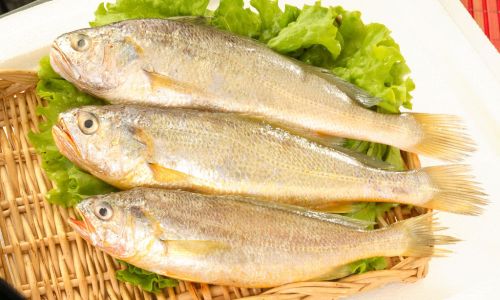
- Nutritional Value: Protein, omega-3 fatty acids, and most vitamins (B12, D) remain stable. Minor losses in water-soluble vitamins (e.g., vitamin C) may occur but are negligible in fatty fish like croaker.
- Texture: Frozen-thawed fish may exhibit slightly firmer flesh due to protein denaturation. However, this difference is often imperceptible in cooked preparations like stews or braises.
- Flavor: Freezing can dull the “briny” freshness of recently caught fish. Aging frozen fish for 1-2 weeks post-thaw may enhance umami notes through enzymatic activity.
Long-Term Storage Considerations
Beyond 6 months, quality decline becomes noticeable:
- Lipid Oxidation: Unsaturated fats in croaker meat oxidize over time, leading to rancidity. Antioxidants like vitamin E or rosemary extract (added during packaging) can mitigate this.
- Freezer Burn: Despite packaging, prolonged storage may cause dehydration. Discard fish with white, dried patches or an “off” odor.
- Color Fading: The golden hue of fresh croaker may pale after freezing, though this is purely aesthetic.
Culinary Applications: Maximizing Frozen Fish Potential
Certain cooking methods yield better results with frozen-thawed croaker:
- Steaming and Poaching: Gentle moisture-based cooking rehydrates the flesh, restoring tenderness.
- Soups and Stews: Simmering frozen fillets in broth masks texture variations.
- Avoid High-Heat Searing: Thawed fish is prone to sticking and overcooking. If pan-frying, pat dry thoroughly and use a non-stick pan.
Economic and Environmental Benefits
Freezing aligns with sustainability goals by reducing food waste. In regions where Large Yellow Croaker is seasonal, freezing ensures year-round availability. Additionally, bulk purchasing during peak harvests lowers costs for consumers and restaurants.
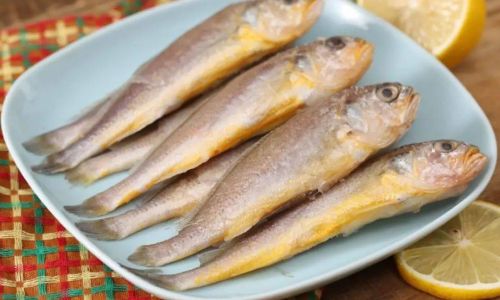
Conclusion
Freezing Large Yellow Croaker is not only feasible but also a responsible practice for preserving this culinary treasure. By prioritizing rapid freezing, meticulous packaging, and controlled thawing, enthusiasts can enjoy high-quality fish months after harvest. While purists may debate the supremacy of fresh catch, modern freezing techniques have rendered the distinction largely academic. Whether steaming a whole fish for a family feast or simmering fillets in a fragrant broth, frozen Large Yellow Croaker remains a testament to the harmony of science and tradition in seafood preservation.
Final Recommendations
- Invest in vacuum sealing equipment for households frequently freezing fish.
- Rotate stock using the “first-in, first-out” principle to prevent over-aging.
- Experiment with glaze thickness and spice rubs to enhance frozen fillets’ flavor profiles.
In an era where food security and sustainability dominate culinary discourse, mastering the art of freezing Large Yellow Croaker empowers consumers to savor the ocean’s bounty responsibly and deliciously.
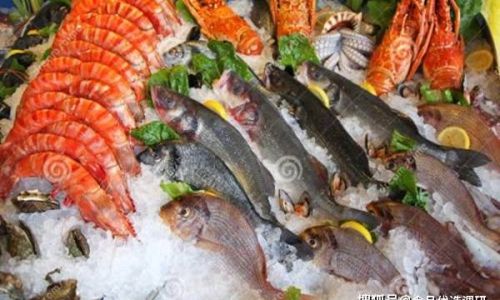
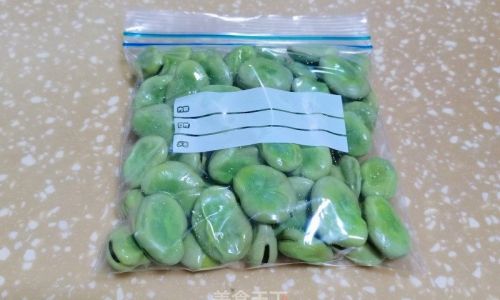
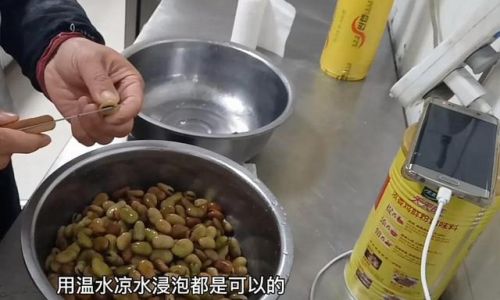
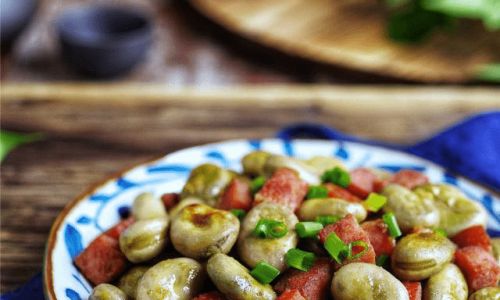
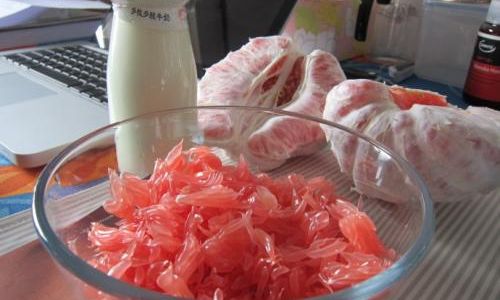
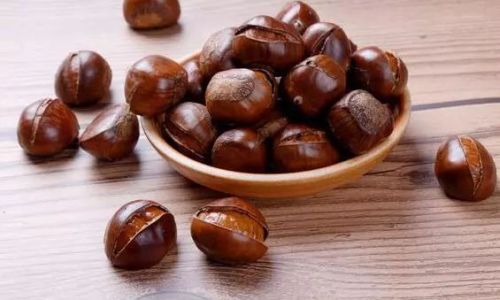
0 comments